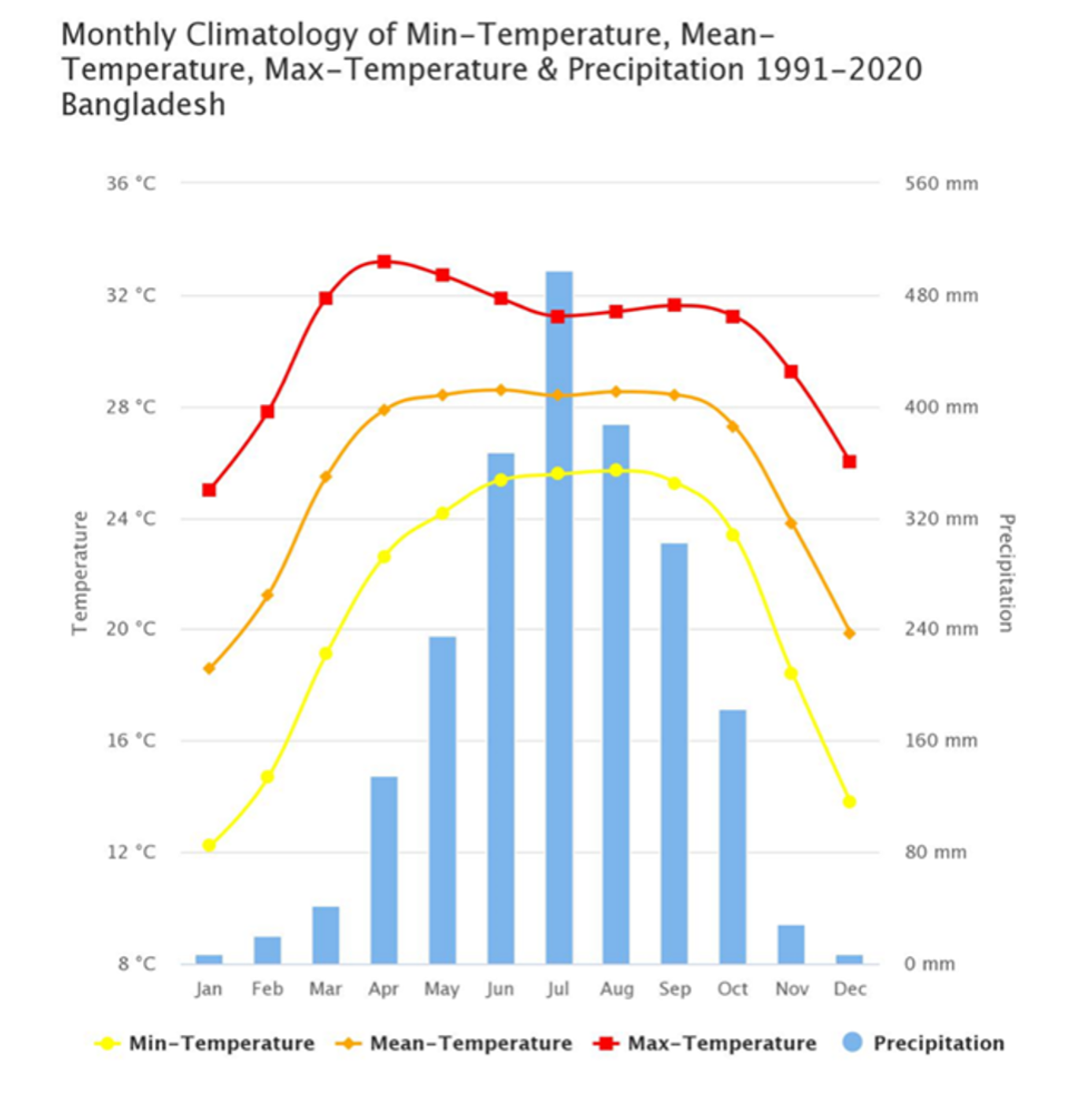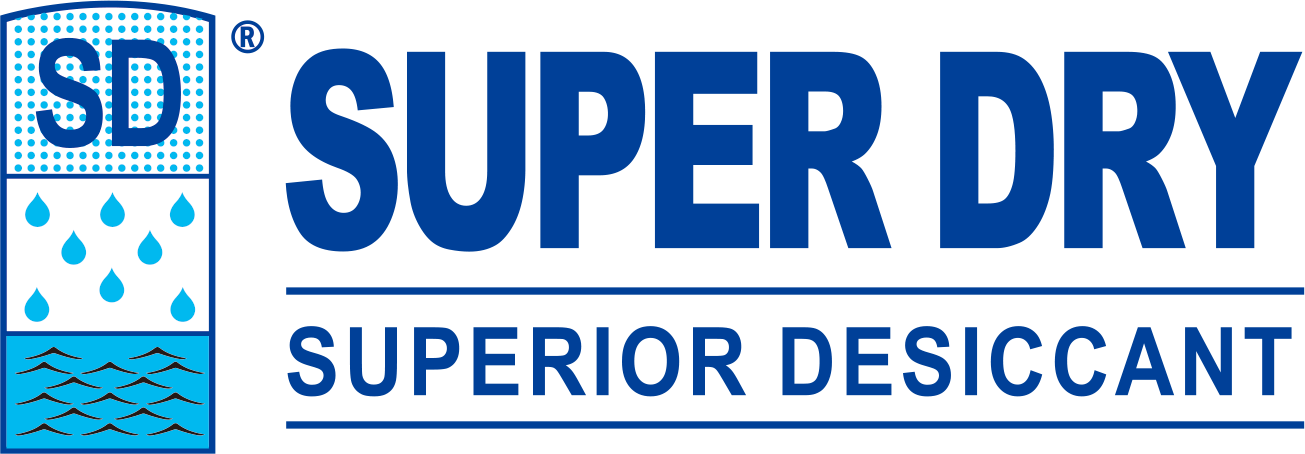
Partnership for success
- 16 May 2022
- #Super Dry
Super Dry and MCDRY Desiccant Limited are experts in moisture damage prevention. Together we provide the denim and apparel industries with quality products and services to minimize the risk of moisture damage.
Bangladesh maintains a high reputation as a major denim & jeans exporting country, achieving top position in the US market for 2 consecutive years in 2020 & 2021. Data published by the US Office of Textiles and Apparel shows, Bangladesh exported denim products valued at US$798.42 million with a market share of 21.70% in 2021, well ahead of imports from Mexico and Vietnam.
With increased exports of denim and jeans from Bangladesh, protection against moisture damage in the supply chain, from the factory floor to retail shelf, have become a priority.
Why do denim products show a higher risk for mold growth?
1. Denim contains high levels of nutrients supporting mold growth
Standard denim is a thicker, yarn-dyed, warp-faced twill cotton, mainly composed of cotton fibers. Modern denim combines other types of textiles in addition to standard denim, such as cotton/polyester (50/50) blended fabrics, co-spun cotton with other fibers (such as Tencel, linen, jute, wool yarn, etc.), In addition to cotton fibers, the main components include chemical fibers, other plant fibers, animal keratin hair and so on.
2. Denim production requires huge amounts of water
Moisture is a major factor for mold growth. The production process of denim includes dyeing, washing and other steps that require water, putting denim on a high-risk level for mold growth.
The water consumption in the washing process for a standard pair of jeans is about 6-7 liters, but jeans with complicated finishes need to be washed several times, increasing the water consumption about 3 times.
All process steps and the moisture content of the final product need to be well controlled to keep moisture within defined levels. Exceeding moisture levels increases the risk of mold growth in denim.
3. Subtropical monsoon climate of Bangladesh
Bangladesh lies with the subtropical monsoon zone with high humidity levels all year round. The combination of high temperatures and precipitation values during the rainy season between April and October further accelerate the risk of mold growth.
